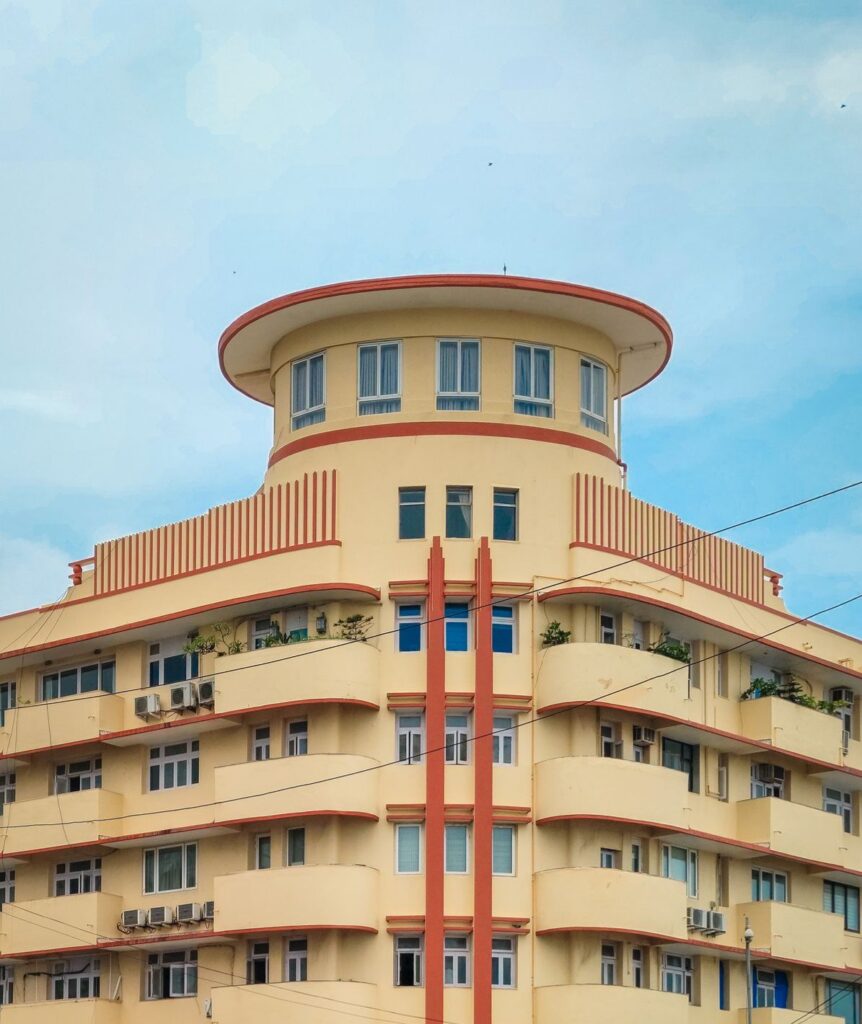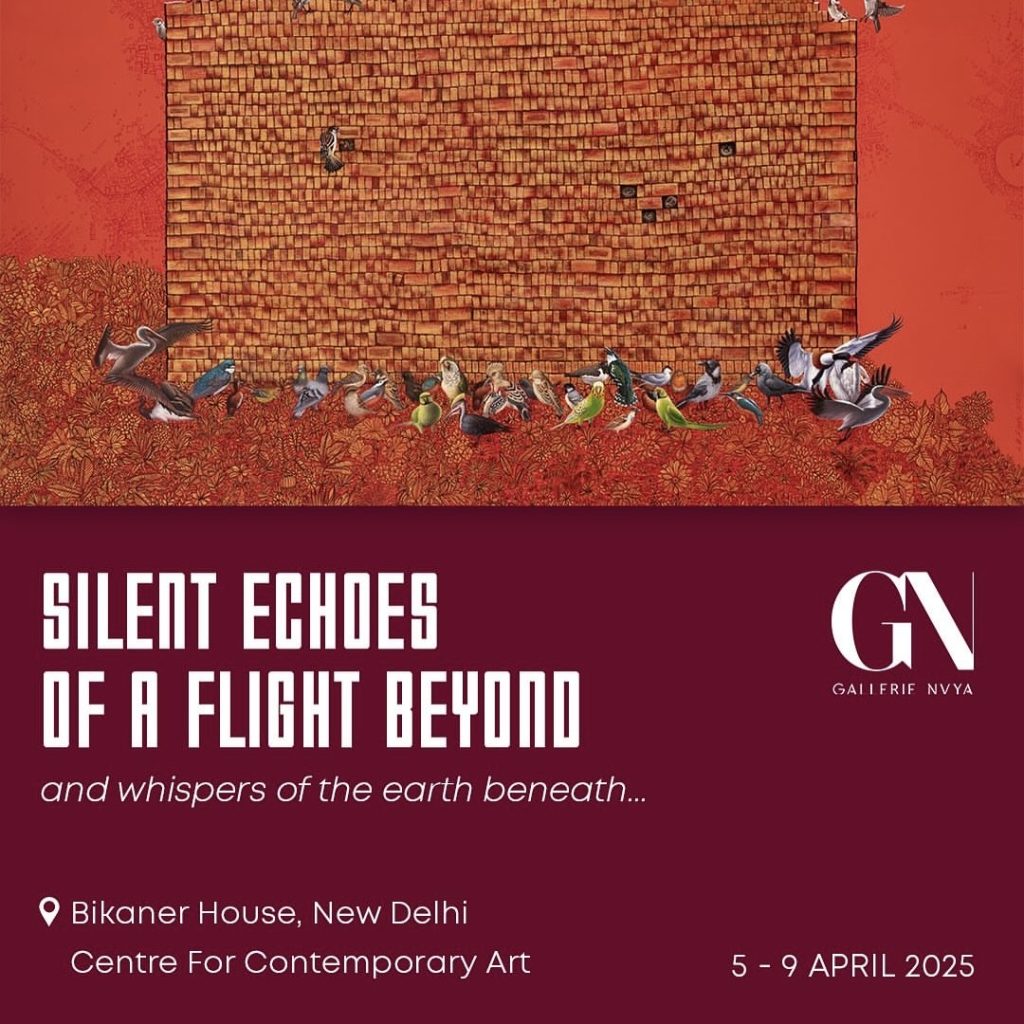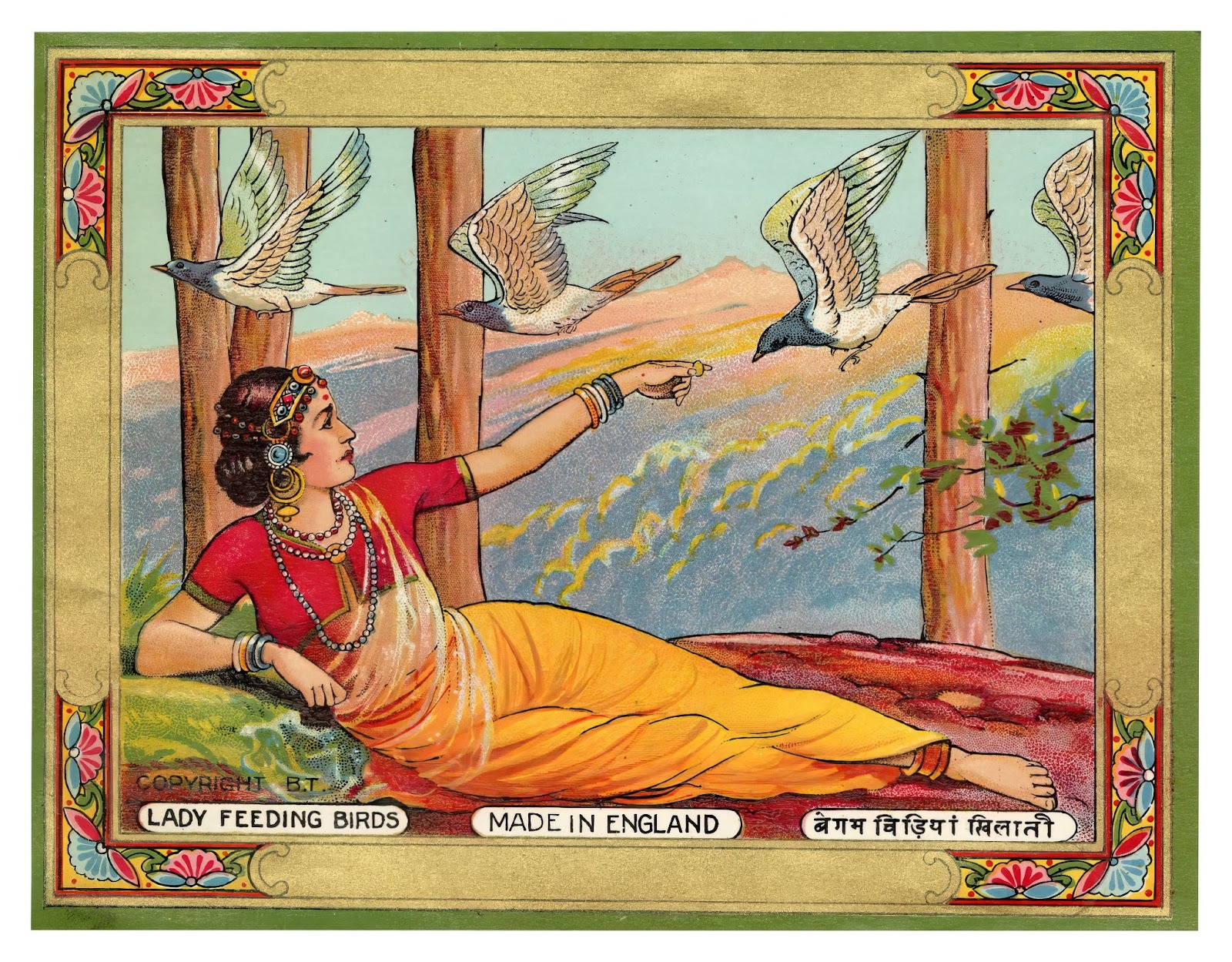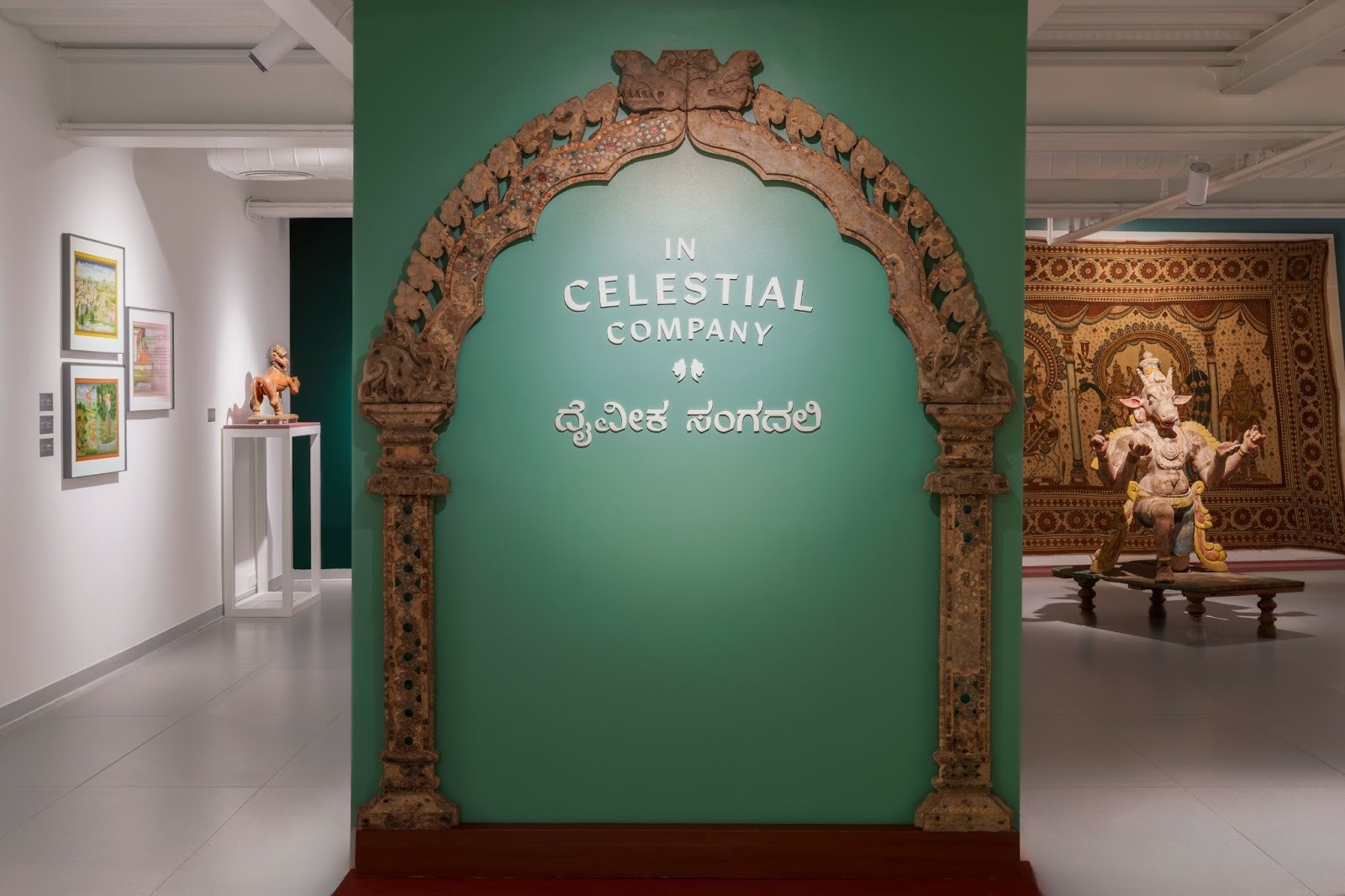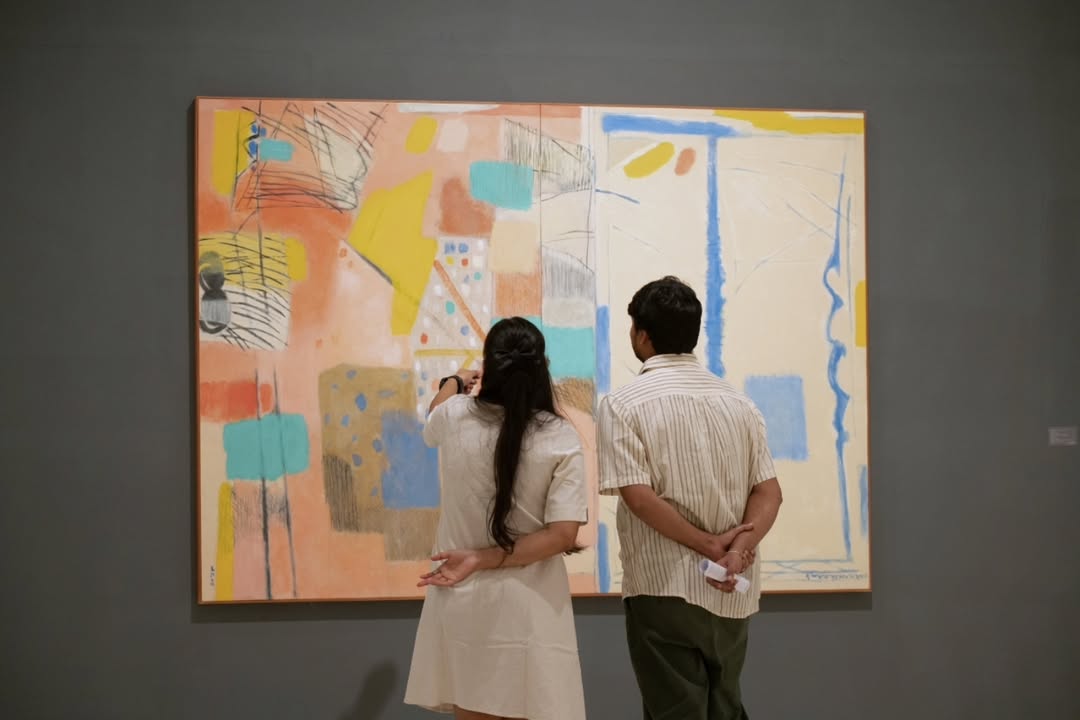Article By:
Sohini Bagchi
Mumbai’s Soona Mahal and Marine Drive towers to Kolkata’s Metro Cinema and Delhi’s Akashvani AIR headquarters—share a bold architectural language: geometric forms, vibrant hues, and disciplined symmetry. What unites them is the Art Deco style, initially a Western import that was deftly indigenised to India’s climate and cultural demands, now standing as elegant markers of a modernist era entering its centenary.
In an era of micro trends dominated by determinants like quiet minimalism, a need for maximalism has been on the run for style language to stand out and nothing captures that dramatic flair quite like Art Deco. Geometric designs, lavish ornamentation and an overall unapologetic opulence in art, fashion, furniture, and architecture, this flamboyant style still holds relevance a century after its dazzling Paris debut in 1925.
Art Deco rose to prominence as a counter response against post First World War brutalist architecture. Exhibiting an expression of post-war optimism, industrial progress, and a thirst for elegance in the machine age, it rooted itself in precise geometry and symmetry, blending the mathematical clarity of Vienna Cubism and the streamlined ethos of Futurism using luxury materials like chrome, steel, and plastic. It emerged as a celebration of the Machine Age, drawing its appeal from the precision and rhythm of industrial design. Characteristic to its style it demonstrates clean, planar surfaces, balanced symmetry, and repetitive motifs, all nodding to the visual logic of machinery with occasional renditions of natural motifs — sunbursts, florals, and animal shapes rendered in sharp, abstract patterns.
Tracing back to the first use of the term “Art Deco”, it is often attributed to the Swiss-French architect, designer, painter and writer Le Corbusier, who had for the first time used the term when writing about the International Exhibition of Modern Decorative and Industrial Arts held in Paris in 1925. This was less a mere exhibition, more a manifesto in marble, lacquer and light. At that time, figures leading the scene include Jean Dunand’s lacquer screens, Roman de Tirtoff’s theatrical illustration dn cover designs for Harper’s Bazaar, Paul Poiret’s gowns, Art Deco as an ideology was starting to form – loud yet exquisite, epitomizing a vocabulary of luxury that prioritised craftsmanship as power. Art Deco interiors and designs didn’t just decorate space, they decoded modernity into a discipline.
However, Art Deco was not confined to Parisian character—it was a truly multilingual manifesto. The style evolved across cross cultural ethos, absorbing regional influences and evolving into distinct local expressions. In New York, the Chrysler Building rose as an icon of industrial elegance; Buenos Aires saw its cinemas embrace Deco’s flair; Havana adopted pastel façades and Caribbean rhythms; Bombay integrated Indo‑Saracenic contours and nautical motifs into its “tropical Deco” buildings; while Kolkata’s concrete grids embodied Deco’s geometric discipline.
This global voyage, first carried by colonial patrons and later reshaped in newly independent nations, enabled Art Deco to be both a modern import and a symbol of self‑determined identity. Interior architect Kunal Shah explains to Vogue, the origin of Art Deco in India. “It started with some theatres and princely states. The royals of the time wanted to assert a sense of modernity and progress, so they took to Art Deco like no other style.” Art Deco emerged as a striking departure from the prevailing Gothic and Indo‑Saracenic styles, offering architectural solutions suited to the demands of the Indian climate – deep, cantilevered balconies; eyebrow-style chajjas; and rounded verandahs that combined aesthetic appeal with practical utility. Unlike austere modernism, Art Deco provided much-needed ornamentation without feeling dated or overly decorative. As Kunal Shah aptly observes in Vogue, “Art Deco managed to do that without being stuck in the past or being overtly embellished or ornamental. It was a perfect aesthetic solution for India.”
Art Deco’s effortlessly utility-derived modern chic design, later attracted the aspirations of the middle class. Indigenized by emerging architects, the style flourished in India’s two major Art Deco metropolitan hubs — Mumbai and Calcutta where entire residential neighbourhoods embraced its clean lines and climate-smart design.
Here is a list of nine landmark Art Deco structures that define India’s architectural heritage:
Soona Mahal, Mumbai: Showcases sweeping curved balconies, cylindrical turrets, and a commanding corner façade—echoing marine motifs and Mumbai’s nautical identity.

Ram Mahal, Mumbai: exemplifies Art Deco elegance with its gracefully curved façade, symmetrical balconies, and streamlined silhouette, all converging towards a central focal point.

Metropolitan Building, Kolkata: One of Kolkata’s iconic landmarks standing in the middle of the city’s one of busiest markets, New Market, it exhibits waterfall-style columns, grand staircases, and palatial foyer, with vertical signage, evocative of 1930s “movie palace” glamour.

Dhanraj Mahal, Mumbai: Distinguished by its vibrant pink stone cladding, curved façade, and 145 pitched sunshades that enhance its dynamic visual appeal.

Hindustan Building, Kolkata: Featuring streamlined façade, vertical emphasis, and geometric detailing, reflecting the modernist aesthetics of the era it merges Western Art Deco with local sensibilities.

Ahmedabad Town Hall, Ahmedabad: Octagonal, star-shaped plan with stepped corners, temple-inspired dome, exposed brickwork, and decorative chhajjas blending Deco with Gujarati temple motifs.

Eros Cinema Court, Mumbai: A Streamline Moderne landmark in red sandstone and cream paint, with tiered tower and semi-circular forms, marrying elegance with cinema opulence
Stephen’s College, Delhi: Featuring Art Deco characteristics through its central tower’s recessed profile, streamlined vertical lines, and distinctive ‘SS’ patterned jaalis, blending modernist aesthetics with Indian architectural elements.
Dare House, Chennai: Emphasizes strong vertical lines and a sunburst jaali ventilation screen—a bold Deco expression.

Umaid Bhawan Palace, Jodhpur: A grand synthesis of Rajput-Saracenic domes and Art Deco interiors—featuring geometric precision, chrome, glass, and frescoes—that epitomizes “Indo-Deco” sophistication.


